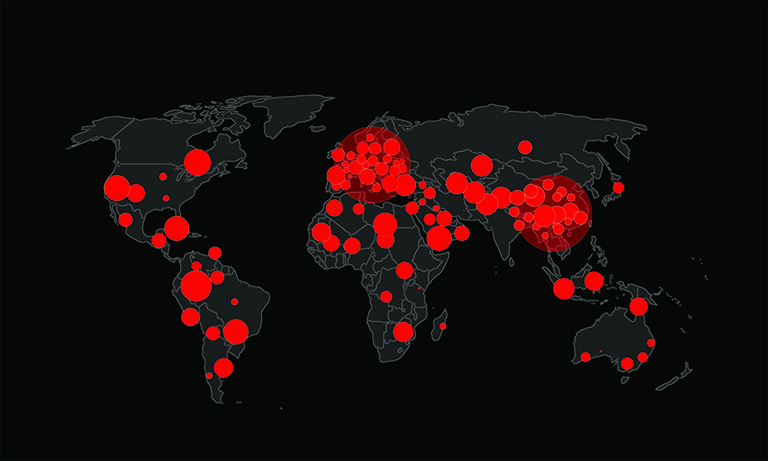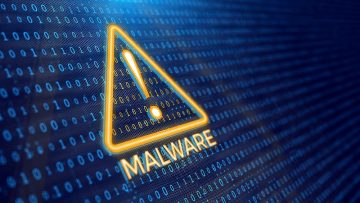PowerModul Implant: A Silent Intruder Redefining Cyber Espionage

A cyber threat known as PowerModul is making waves in the cybersecurity landscape. It introduces a sophisticated method of remote system access that has been quietly targeting Russian organizations since early 2024. The implant, part of a wider cyber campaign attributed to a group dubbed “Paper Werewolf,” is marking a significant evolution in state-level digital espionage techniques.
Table of Contents
What is PowerModul?
PowerModul is not just another malware. It’s a stealthy, PowerShell-based backdoor that allows attackers to execute arbitrary scripts on compromised systems, opening the door to extensive data theft and system manipulation. Unlike traditional spyware, PowerModul’s design focuses on adaptability and persistence, enabling ongoing control over infected environments through a centralized command server.
Where is PowerModul Used?
According to reports by cybersecurity experts, the implant has been actively used in targeted attacks against entities in several key sectors, including mass media, telecommunications, government administration, construction, and energy. These attacks were carried out using cleverly disguised phishing emails, often containing file attachments that appeared to be legitimate documents. Once opened and macros are enabled, these files trigger a multi-stage infection process, culminating in the deployment of PowerModul.
How Does PowerModul Reach Its Victims?
The attackers begin their campaign with a deceptive RAR archive. Inside, an executable file disguised with a double extension (such as .pdf.exe) launches a decoy document to mislead the user while silently initiating the malware. This executable is, in fact, a tampered Windows system file modified to include a malicious shellcode that connects to a remote command-and-control (C2) server. This technique helps the malware bypass typical antivirus detections and maintain a low profile during the initial stages of infection.
Once in place, PowerModul enables remote operators to run additional PowerShell scripts on the infected host. Its capabilities are enhanced by a suite of tools tailored for data collection and lateral movement within networks. Among these tools is FlashFileGrabber, which seeks out files stored on USB drives and other removable media and transmits them back to the C2 server. A variant, FlashFileGrabberOffline, performs similar tasks but stores data locally on the infected machine for later retrieval.
Another component, dubbed USB Worm, spreads the infection by copying the PowerModul implant to connected USB drives. This allows the malware to move across isolated systems that are not connected straight to the Internet; a tactic often used to target highly secure environments.
The threat actor behind this campaign, identified as Paper Werewolf, or GOFFEE, has been linked to at least seven separate operations since 2022. Analysts suggest that the group’s motives are not limited to information gathering. In several incidents, they’ve implemented disruptive actions, such as changing user passwords to hinder organizational operations and access, hinting at a broader strategic intent.
Other Relations
PowerModul also shares traits with another tool used by the group called PowerTaskel. While both implants allow for the remote execution of PowerShell commands, PowerTaskel includes additional functionality such as privilege escalation and environment scanning and has been used in more aggressive phases of attack. Notably, analysts have observed a shift in recent activity, with PowerModul increasingly replacing PowerTaskel in operational use—possibly due to its stealthier profile and flexible architecture.
The implications of this development are substantial. First, it demonstrates a maturation in offensive cyber capabilities, particularly in the deployment of modular, fileless malware that is harder to detect and analyze. Second, it underlines the ongoing vulnerability of organizations to well-crafted phishing attacks, which remain a primary method for initial compromise.
Bottom Line
Perhaps most critically, the PowerModul campaign highlights how cyber operations are evolving beyond espionage to include components of disruption and sabotage. This dual-purpose strategy suggests a deeper integration of cyber tools in geopolitical maneuvering, where digital incursions serve as both information-gathering and influence operations.
While the attacks have so far been focused on Russian entities, the tools and techniques used are likely to spread. Understanding PowerModul’s behavior and identifying its markers are crucial steps in preparing defenses against similar threats in other regions and sectors.
For cybersecurity professionals and organizational leaders, the emergence of PowerModul is a clear signal to reevaluate current security strategies—especially in email security, macro protection policies, and endpoint monitoring. As cyber tools become more advanced, so too must the systems designed to detect and deter them.








